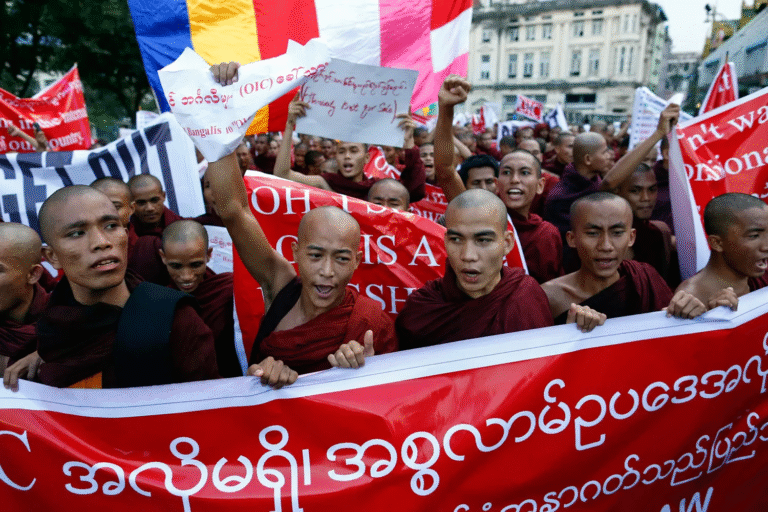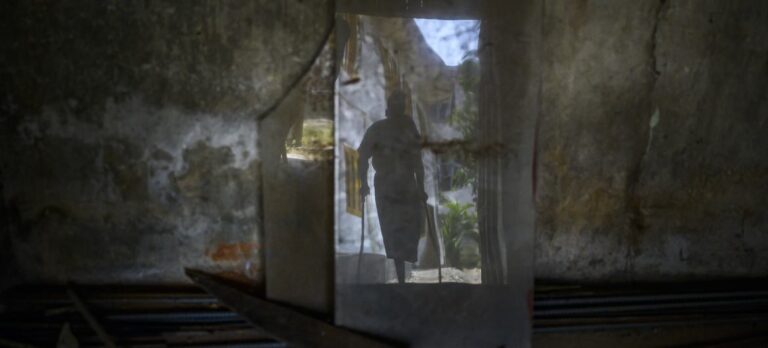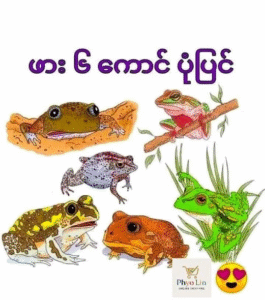By TRAZAR — Chin Political (26 October 2025)
ARSA’s recent public statement aims to raise awareness that their message focuses on freedom and fairness for all ethnic peoples living in Rakhine State — the right to coexist in justice and equality.


When ARSA refers to the “ethnic peoples in Rakhine State,” it includes all who live there — Rakhine, Rohingya, Chin, Mro, Khami, and others. The call extends as far as Rohingya Rights, Rohingya Nationhood, and the Rohingya National Revolution, showing that the movement rests on the foundation of national equality.
The Myanmar military dictatorship has never recognized the Rohingya as a legitimate ethnic nationality. Generation after generation, the army has persecuted and broken them. Once, Rakhine Buddhists and Rohingya Muslims lived side by side in relative peace, but the military’s divide-and-rule tactics planted deep seeds of hatred, creating severe social, ethnic, and religious divides.
The most tragic victims are the Rohingya people. Many were massacred or displaced — without knowing who was truly behind the violence, whether it was the AA or the army. They suffered atrocities that drew global outrage. Millions fled as refugees.
The growing strength of Rohingya armed groups should not surprise anyone. When oppression intensifies and injustice becomes unbearable, self-defense through armed struggle is a natural outcome. One must ask — who has ever truly shown compassion for their suffering? Who has ever protected them? When have they ever been treated with human dignity and moral fairness? Their pain and anger have now become their strength.
At its root, Rakhine’s crisis is an ethnic and racial issue, aggravated by extremist ideologies using race, religion, and identity as weapons. The military has exploited these divisions for decades. Everyone remembers how brutally Khin Nyunt’s regime restricted freedom of religion.
To understand the racial problem clearly: all Myanmar’s ethnic peoples belong to the Mongoloid race, divided into related subgroups:
- Bamar — Tibeto-Burman
- Shan — Tai-Kadai
- Karen, Kachin, Chin — Sino-Tibetan
Rakhine, however, is more diverse — with Mongoloid, Australoid, and Indo-Aryan elements interwoven. When racial diversity becomes tied to religious and political identity, it easily becomes a root of endless conflict.
If ARSA’s message of fairness and freedom is to become reality, there must be a political dialogue platform between the Rakhine and Rohingya communities. But this cannot happen while the Myanmar military remains the central obstacle.
Now that fighting in northern Shan has subsided, the army is turning westward, preparing a massive campaign in Rakhine. If the AA is weakened, the next target will likely be the Kachin (KIA). One by one, ethnic armed organizations and Bamar resistance groups will be dismantled — some absorbed through “ceasefire deals” into Regional Defense Forces, others turned into “People’s Militias,” some invited into fake “peace dialogues,” and others disarmed and given token seats in parliament.
After that, the military will continue to rule under the 2008 Constitution.
Under that constitution, the Rohingya will never gain recognition as a national ethnic group; Rakhine will never attain true political autonomy; and genuine equality will remain impossible.
Today, the Rohingya fighters call the AA “terrorists,” and the AA calls the Rohingya “terrorists.” But the real terrorist still operating in Rakhine is the Myanmar military.
Lasting equality and peace for all peoples in Rakhine will come only through mutual cooperation between the AA and Rohingya armed forces. Every human being deserves equal rights, freedom, and dignity.
Author’s Clarification and Response to Critics
To those who truly read my post carefully — you will understand.
I did not write to support ARSA, nor did I write to oppose ARSA.
I did not write to ally with the “Kalar” (Rohingya), nor did I write to hate them.
(Note: I use this term only to reflect the critics’ language — not with hatred.)
What I wrote was a call for unity — for the AA and Rohingya armed groups to stop fighting each other and instead join forces to confront the dictatorship and build peace together.
My message was clear: do not trust the military — not again.
The name “Rohingya” is internationally recognized. This is not my personal recognition — it is international recognition.
If one has a heart that can see humanity in others — if one’s spirit, mind, and intelligence are not clouded by prejudice — then peace can be built with any race.
If you think peace can be built only by forming alliances or working together under one race or one religion — then, frankly, you are unfit to call yourself human.
Can Chins and Kalars (Rohingya) coexist peacefully?
Yes — as long as the Kalar remains true to their community and the Chin remains true to their own, peace is possible.
What matters is mutual understanding, recognition, and respect.
That is the foundation.
If Chins fail to uphold their own unity, and Kalars fail to uphold theirs, then conflict is inevitable between Chin and Kalar.
If Rakhines fail to uphold their own unity, and Chins theirs, then conflict will also arise between Chin and Rakhine.
When I criticize the AA, it is not because I hate the Rakhine people.
It is because the AA has failed to uphold the principles of Rakhine unity and fairness.
This is not about love or hate — it is about justice and principle.
I criticize AA’s policy, not the Rakhine ethnicity.
I know how to separate a people from a political organization.
That is what it means to think critically — to act from conscience, not from emotion.
Final Words
Those who fight for freedom must not repeat the military’s errors — replacing one form of oppression with another.
True revolution means dismantling injustice itself — not merely changing uniforms or flags.
Peace in Rakhine, and across Myanmar, will only be possible when every group — Rohingya, Rakhine, Chin, and others — can look at each other and finally say:
“You are my equal, and your pain is also mine.”
— TRAZAR






